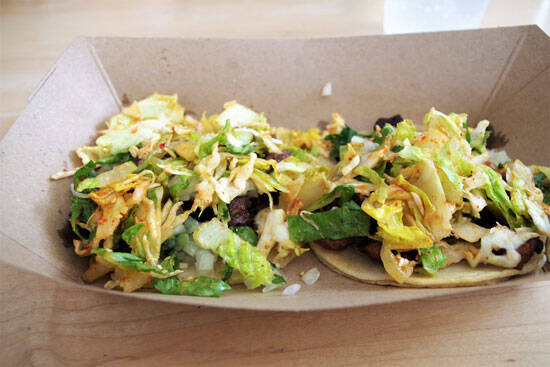
The Kogi Taco. Widely acclaimed and thoroughly inauthentic, or is it? Photo by Joey Zanotti on flickr under CC BY 2.0
A dish doesn’t have to adhere to any standards of authenticity to be respectful to dishes, places, or cultures that inspired it. A chef that spent two weeks in Thailand and now serves ‘authentic’ pad thai at his restaurant back home shouldn’t boldly claim any authenticity, but lay bare his inspirations so that guests can learn more about what went into the making of the dish. Ethnic restaurants shouldn’t be obsessed for making it just like the region of origin, but should be given the freedom to make their food their own, without the burden of authenticity to hold them back.
We return once again to Jonathan Gold, prescient as he often was: “While authenticity is the most important thing in the culinary world. That sense of grounding and flavor. That sense of everything coming alive in a way that could happen nowhere else on earth than where the dish originated. Authenticity is simultaneously not important at all. Because if the opposite of authenticity, the drive to take flavors and techniques in the soul of traditional cooking and make them thoroughly and unequivocally your own, has brought us the Kogi Taco or the splendid Mission Chinese I had for lunch, I’ll take that kind of authenticity too.”
Myint: “At this point, rigid authenticity would be like ignoring all modern art. We can admire and respect the classics, but there are not a lot of current painters that are focused on just a bowl fruit anymore."
Authenticity is not a fixed goal, no mountain summit to conquer. It’s fluid, a moving target, and also deeply and intensely personal. In an interview with NPR, chef David Chang said: “I find authenticity to be very stifling. It's about preserving one idea and one way of deliciousness, and I think that can be a very dangerous thing. That's not to say that authenticity can't be delicious. But when it's the only way you can make a certain food, that is problematic to me." Co-founder of Mission Chinese Anthony Myint shares Chang’s reservations. “Each region has culinary traditions, but in such a global and connected world, it only makes sense that cuisines would also become more connected. The vehicles (taco, noodle soup, croissant), techniques (lacto-fermentation, American BBQ, souffle), ingredients, flavors, etc. should cross-pollinate. Fusion got a bad name because there were many early examples of inauthentic fusion, like a mango salsa just for sake of exoticism. But every good example makes so much sense that we wonder "why have I never had this before!?!" Why is Saag Paneer not a little bit closer to chimichurri?”
More than one way to make an omelette
The fermentation rack at acclaimed restaurant Chambre Séparée in Belgium. Is this any more or less authentic than the stock image? Photo by Chantal Arnts
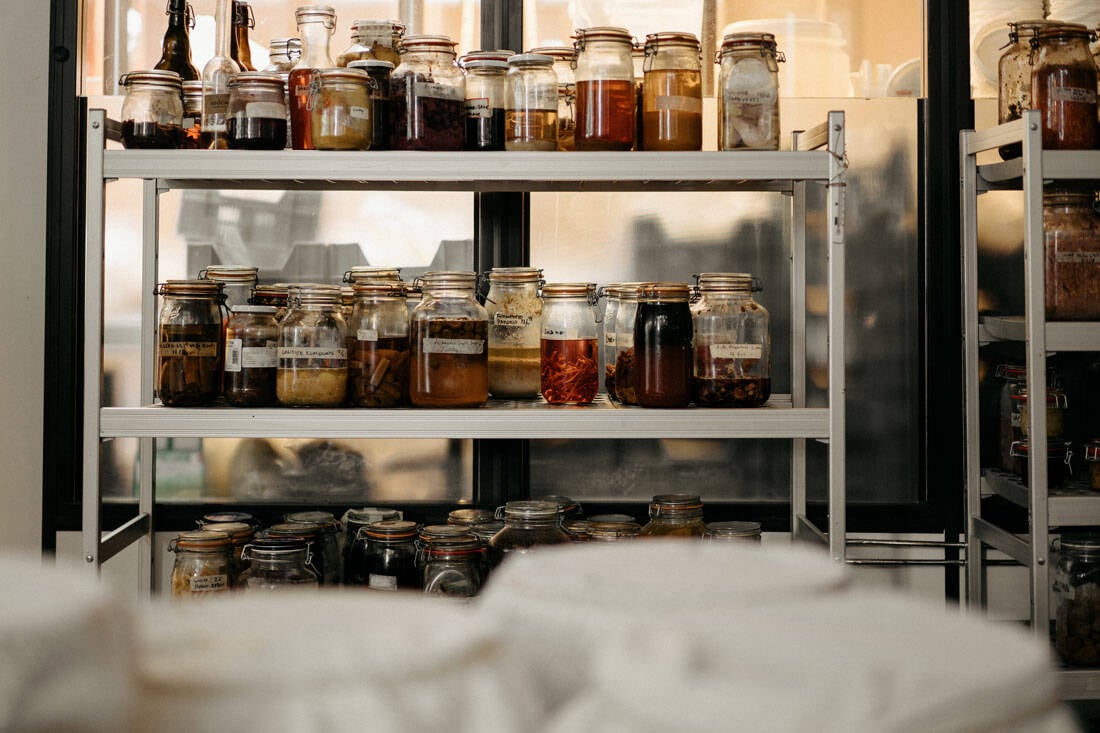
Lam writes:
At its worst, the feverish hunt for authenticity inflicts further damage on already marginalised communities. At best, authenticity is bogus


For Gourmet Traveller Yvonne C Lam writes: “Authenticity is uncomfortably intertwined with the fat chapter in world history marked Colonialism and Conquest.” The need for the food we eat to be ‘authentic’ is rooted in inequality and marginalization. We flock to immigrant-run, ‘ethnic’ restaurants to give us an authentic taste of the place we last visited on holiday. Trappings more often than not born out of necessity are suddenly the hallmarks of an authentic food experience. The same dish served in a westernized setting will easily be labeled inauthentic.
Part of a past system
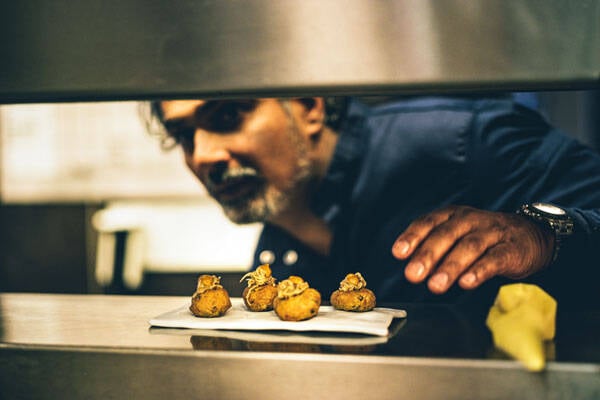
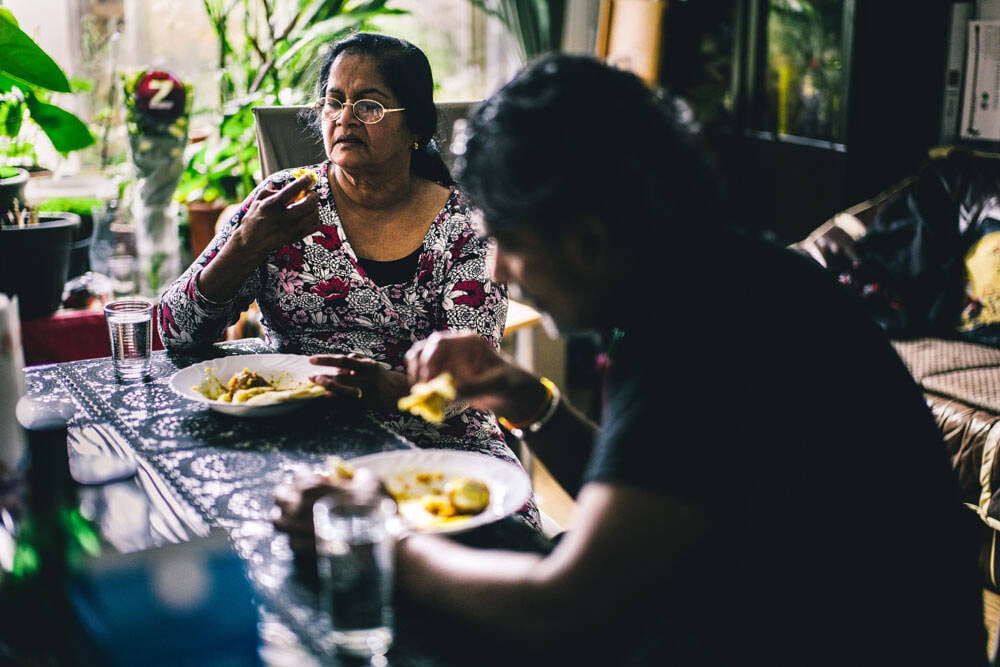
Chef Soenil Bahadoer serving a dish at two Michelin star restaurant De Lindehof, and eating a home cooked meal with his mother. Which do you think is more authentic? Does it matter? Photos by Rahi Rezvani
The first result for ‘authentic food’ on stock photo site unsplash. Already we’re in muddy waters.
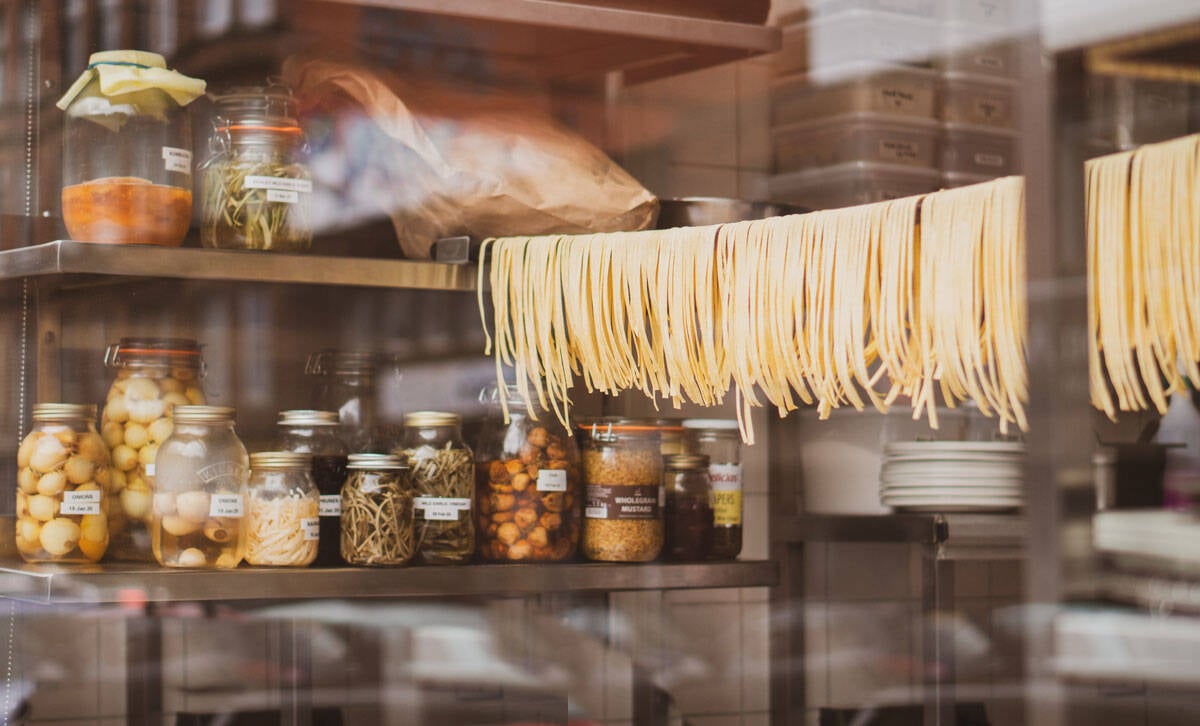


The best version of a dish probably comes from its region of origin, where it evolved in exquisite concordance with the culture, the weather, and the land. The second best is the same food made by expats fabricating a sense of home for people much like themselves
Confusing and constricting
When you try to recreate a dish without either of these things, the result, however wondrously delicious or identical in flavor, is a completely different thing. Does that make your version somehow inauthentic? It may lack the completely intangible things that make the other versions unique, but it replaces those with its own set of completely intangible unique qualities. Doesn’t it?
What even makes something authentic? Is Chinese food only authentic if made by someone with a Chinese heritage? Does the recipe need to come from China and be at least a hundred years old? What about the ingredients? Do they need to be Chinese too, to reliably create an authentic experience? Should we even care about any of this as long as it tastes great? The late, great Jonathan Gold once said trying to be authentic is aiming at a constantly moving target.








There was a time not so long ago when being considered authentic was the highest compliment a dish could get. Now the term is burdened by overuse and the muddying of meaning, not to mention an air of privilege or even appropriation. Authenticity in food is a complicated subject, because it’s trying to capture something not only in constant flux, but arguably irrelevant to the experience of eating. Moving towards a new food system, it is time to leave the pretenses of authenticity behind.
Jelle Steenbergen Xiao Er Kong
The search for authenticity has always been a hoax. Now it’s time to move on.
expert opinion
5 min
stop trying to be authentic






The Kogi Taco. Widely acclaimed and thoroughly inauthentic, or is it? Photo by Joey Zanotti on flickr under CC BY 2.0

A dish doesn’t have to adhere to any standards of authenticity to be respectful to dishes, places, or cultures that inspired it. A chef that spent two weeks in Thailand and now serves ‘authentic’ pad thai at his restaurant back home shouldn’t boldly claim any authenticity, but lay bare his inspirations so that guests can learn more about what went into the making of the dish. Ethnic restaurants shouldn’t be obsessed for making it just like the region of origin, but should be given the freedom to make their food their own, without the burden of authenticity to hold them back.
We return once again to Jonathan Gold, prescient as he often was: “While authenticity is the most important thing in the culinary world. That sense of grounding and flavor. That sense of everything coming alive in a way that could happen nowhere else on earth than where the dish originated. Authenticity is simultaneously not important at all. Because if the opposite of authenticity, the drive to take flavors and techniques in the soul of traditional cooking and make them thoroughly and unequivocally your own, has brought us the Kogi Taco or the splendid Mission Chinese I had for lunch, I’ll take that kind of authenticity too.”
Myint: “At this point, rigid authenticity would be like ignoring all modern art. We can admire and respect the classics, but there are not a lot of current painters that are focused on just a bowl fruit anymore."
Authenticity is not a fixed goal, no mountain summit to conquer. It’s fluid, a moving target, and also deeply and intensely personal. In an interview with NPR, chef David Chang said: “I find authenticity to be very stifling. It's about preserving one idea and one way of deliciousness, and I think that can be a very dangerous thing. That's not to say that authenticity can't be delicious. But when it's the only way you can make a certain food, that is problematic to me." Co-founder of Mission Chinese Anthony Myint shares Chang’s reservations. “Each region has culinary traditions, but in such a global and connected world, it only makes sense that cuisines would also become more connected. The vehicles (taco, noodle soup, croissant), techniques (lacto-fermentation, American BBQ, souffle), ingredients, flavors, etc. should cross-pollinate. Fusion got a bad name because there were many early examples of inauthentic fusion, like a mango salsa just for sake of exoticism. But every good example makes so much sense that we wonder "why have I never had this before!?!" Why is Saag Paneer not a little bit closer to chimichurri?”
More than one way to make an omelette



The fermentation rack at acclaimed restaurant Chambre Séparée in Belgium. Is this any more or less authentic than the stock image? Photo by Chantal Arnts
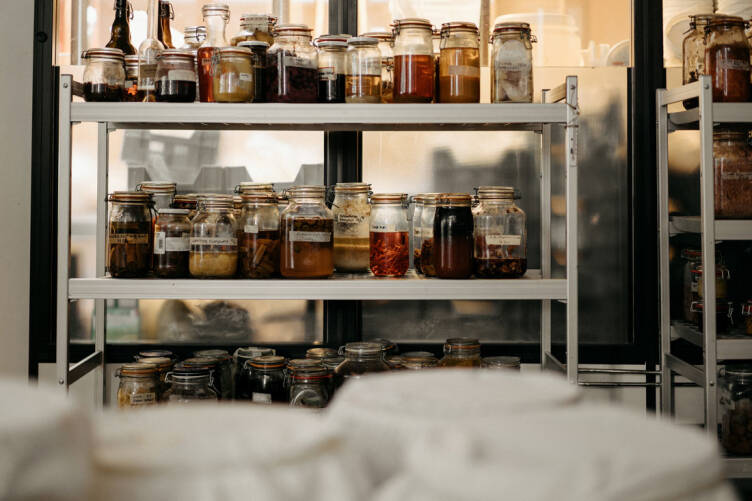
Lam writes:
At its worst, the feverish hunt for authenticity inflicts further damage on already marginalised communities. At best, authenticity is bogus


For Gourmet Traveller Yvonne C Lam writes: “Authenticity is uncomfortably intertwined with the fat chapter in world history marked Colonialism and Conquest.” The need for the food we eat to be ‘authentic’ is rooted in inequality and marginalization. We flock to immigrant-run, ‘ethnic’ restaurants to give us an authentic taste of the place we last visited on holiday. Trappings more often than not born out of necessity are suddenly the hallmarks of an authentic food experience. The same dish served in a westernized setting will easily be labeled inauthentic.
Part of a past system
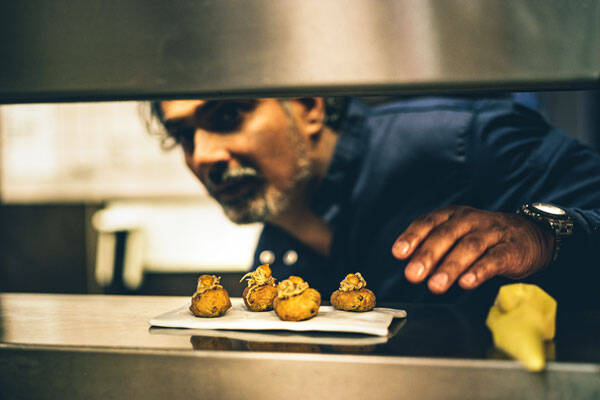
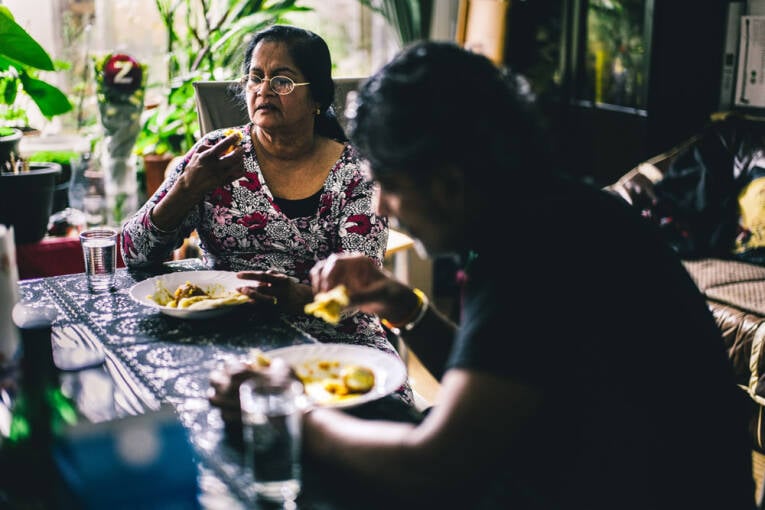
Chef Soenil Bahadoer serving a dish at two Michelin star restaurant De Lindehof, and eating a home cooked meal with his mother. Which do you think is more authentic? Does it matter? Photos by Rahi Rezvani


The best version of a dish probably comes from its region of origin, where it evolved in exquisite concordance with the culture, the weather, and the land. The second best is the same food made by expats fabricating a sense of home for people much like themselves
Confusing and constricting
When you try to recreate a dish without either of these things, the result, however wondrously delicious or identical in flavor, is a completely different thing. Does that make your version somehow inauthentic? It may lack the completely intangible things that make the other versions unique, but it replaces those with its own set of completely intangible unique qualities. Doesn’t it?
What even makes something authentic? Is Chinese food only authentic if made by someone with a Chinese heritage? Does the recipe need to come from China and be at least a hundred years old? What about the ingredients? Do they need to be Chinese too, to reliably create an authentic experience? Should we even care about any of this as long as it tastes great? The late, great Jonathan Gold once said trying to be authentic is aiming at a constantly moving target.
The first result for ‘authentic food’ on stock photo site unsplash. Already we’re in muddy waters.
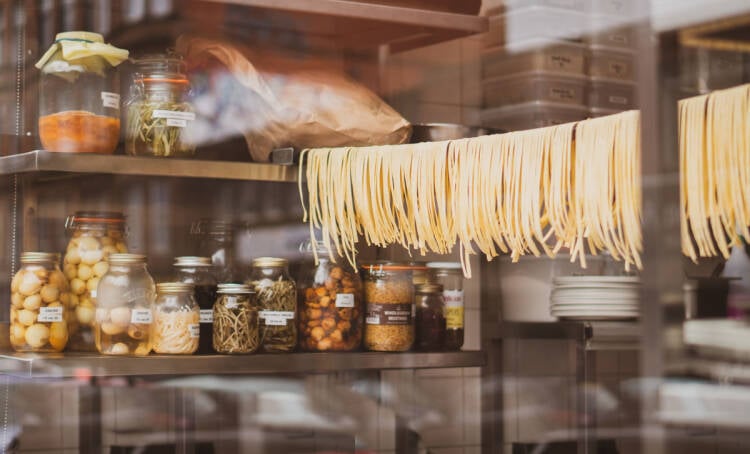

There was a time not so long ago when being considered authentic was the highest compliment a dish could get. Now the term is burdened by overuse and the muddying of meaning, not to mention an air of privilege or even appropriation. Authenticity in food is a complicated subject, because it’s trying to capture something not only in constant flux, but arguably irrelevant to the experience of eating. Moving towards a new food system, it is time to leave the pretenses of authenticity behind.
Jelle Steenbergen Xiao Er Kong




5 min












